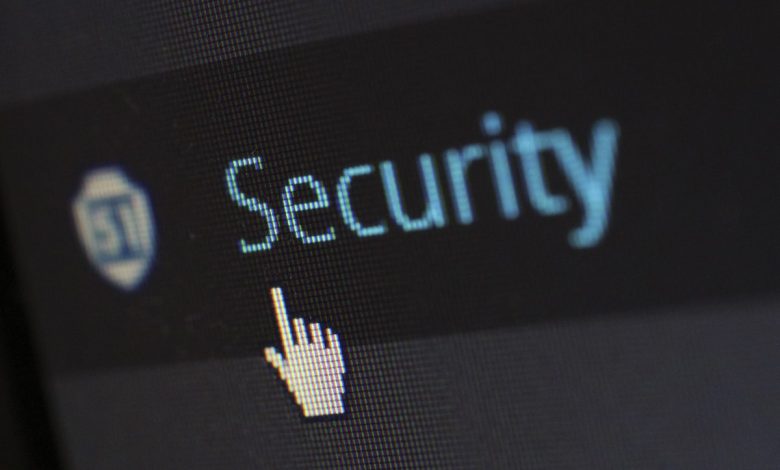Remote Work Means More Focus On Endpoint Security

COVID-19 has played an integral role in normalizing remote work worldwide. Only a handful of organizations allowed remote work before the pandemic. However, other organizations started to follow suit when the pandemic reached its peak. This shift to a remote system has made numerous organizations realize that remote work is possible and preferable because it saves costs and increases productivity in the workplace.
However, cyberattacks are inevitable, and organizations have had to pay a small price to function permanently with a remote workforce. Some have taken help from a SASE provider and increased their endpoint security to keep their corporate data secure from unauthorized access.
Risks involved with remote working
Apart from the security risks faced by on-site employees, remote workers operate in an environment that creates new risks like:
- Phishing attacks
The use of personal devices makes remote workers vulnerable to phishing attacks. Since they are outside of perimeter-based security solutions, cybercriminals take advantage of this vulnerability and try to get their hands on corporate data. - Malware attacks
Employees commonly access organizational resources and data from unapproved applications designed for personal browsing. The lack of endpoint security creates a perfect environment for malware to infect consumer devices. - Mobile malware
Most organizations have implemented Bring Your Own Device policies that allow employees to use their favorite devices for work. Since mobile devices are becoming more common in the workplace, attackers target them by tricking users into installing malicious mobile applications. - Account hijacking
The increase in remote work led to a surge in the use of VPNs and RDPs, which made employee credentials even more attractive to cybercriminals. Compromised accounts can give attackers remote access to the valuable corporate infrastructure, where they can steal data or plant ransomware. - Non-compliance with regulations
Remote workers using their own devices to access organizational data lead to challenges in meeting regulatory requirements. Organizations become ineffective in protecting sensitive information regarding their customers and find it difficult to enforce security policies.
Elements to consider while building an endpoint security policy
Traditionally, security policies are designed to mitigate risks associated with in-house teams, but organizations must create additional policies for their remote workplaces. Since your employees are outside your secure perimeter, endpoint security is your first line of defense. Here are some elements you should consider:
Acceptable use
Employees should not blur the fine lines between business and personal tasks. They should not use their personal devices for office work, so you should create an acceptable use policy that clearly states the permitted tasks on corporate devices. With an acceptable use policy, the IT team can minimize the risk of an infected device entering the ecosystem.
BYOD
The roll-out of BYOD programs was necessary for the transition toward remote work. However, organizations should define the BYOD policies that outline the requirements of personal devices before they are granted access to resources, data, and the cloud.
Data security
Remote teams require access to sensitive data for collaboration on their daily tasks. Since they need to access it from their homes, organizations must develop a data security policy that defines the rules for accessing and managing data.
Incident response
Organizations must design an incident response policy assuming that an infected device compromises the integrity of the cloud. Incident response policies outline the steps the IT team should follow to mitigate the impact of remote security incidents.
Best practices that help increase endpoint security
Effective endpoint security helps identify and address the remote workforce’s security risks. Employing some or all of the following best practices can significantly improve your organization’s endpoint security.
- Encrypting every session: You should encrypt the session through a VPN to stop your remote workforce from using the organization’s cloud and resources from an untrusted network. The data passes through a secure tunnel that is not accessible from the internet and protects it from criminals scanning networks. In the case of a hybrid cloud, you should also encrypt the on-site disks that store sensitive corporate or customer data. Even if your organization becomes a victim of ransomware, the encrypted data disks can help you recover most of the data.
- Implementing MFA: Criminals can easily get their hands on user credentials as employees are habitual of using public internet connections for work purposes. Multi-Factor Authentication makes it difficult for unauthorized people to access organizational resources because it uses other factors like biometrics or SMS code to authenticate a user. MFA is an additional protection layer to validate the integrity of the user before granting access to the cloud.
- Introducing Device Security Posture Assessment: Remote employees may install malicious apps for personal use that compromise their devices. Therefore, you should implement a security protocol that checks their security posture before they are allowed access to the organization’s cloud or resources.
- Deploying ZTNA: Zero Trust Network Access helps organizations continuously authenticate and authorize users on their cloud applications while allowing the least privileges for their daily tasks. The IT teams can easily assign or remove access privileges if a remote employee is promoted or let go. The user can be isolated from other integral systems even if someone gains unauthorized access to the cloud.
- Setting up ransomware protection: For organizations operating a remote workforce, ransomware is the leading threat to their cybersecurity. Hackers use compromised credentials to access the organization’s network via VPN or RDP and deploy their malware as a phishing campaign. Therefore, IT teams must set up a ransomware prevention solution that protects essential endpoints and backend infrastructure.
- Isolating infected endpoints: The transition to remote working causes the company to lose control over numerous endpoints outside the corporate network. These infections can spread before the IT team can detect and contain them. Therefore, organizations need to deploy Endpoint Detection and Response solutions on all devices that are a part of the ecosystem. An EDR system can not only detect infected endpoints; it can quarantine them to protect essential systems and sensitive information.
- Introducing MTD: The excessive roll-out of BYOD policies has made organizational cloud resources vulnerable to mobile threats. Since the number of mobile devices increases the attack perimeter, organizations must introduce Mobile Threat Defense solutions that combine EDR and recovery policies. Without a Threat Defense solution, securing the cloud is difficult.
Conclusion
Remote work is here to stay, and organizations must work on their endpoint security to keep their cloud and sensitive data secure. BYOD programs save significant costs that can help you increase the security of your cloud infrastructure. Even when the threat increases with every device added to the ecosystem, the right endpoint security policies can keep your organization safe from malware and ransomware attempts.
Read Next: How to Install Optifine Mod to Enhance Your Minecraft Experience



